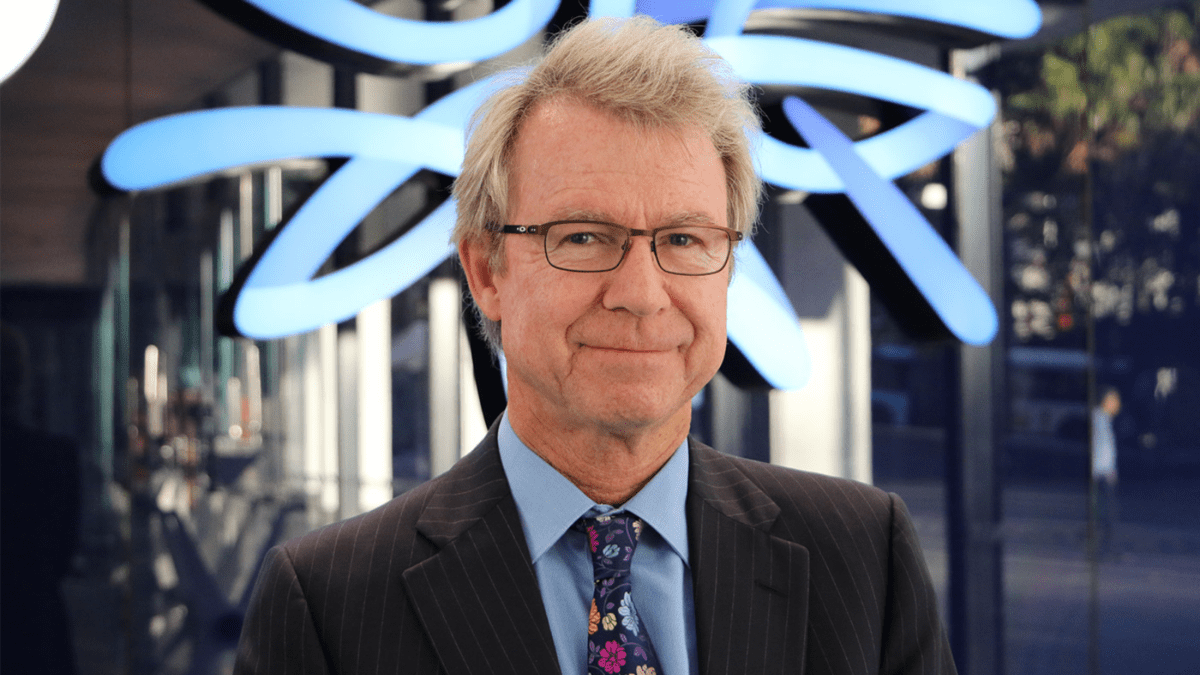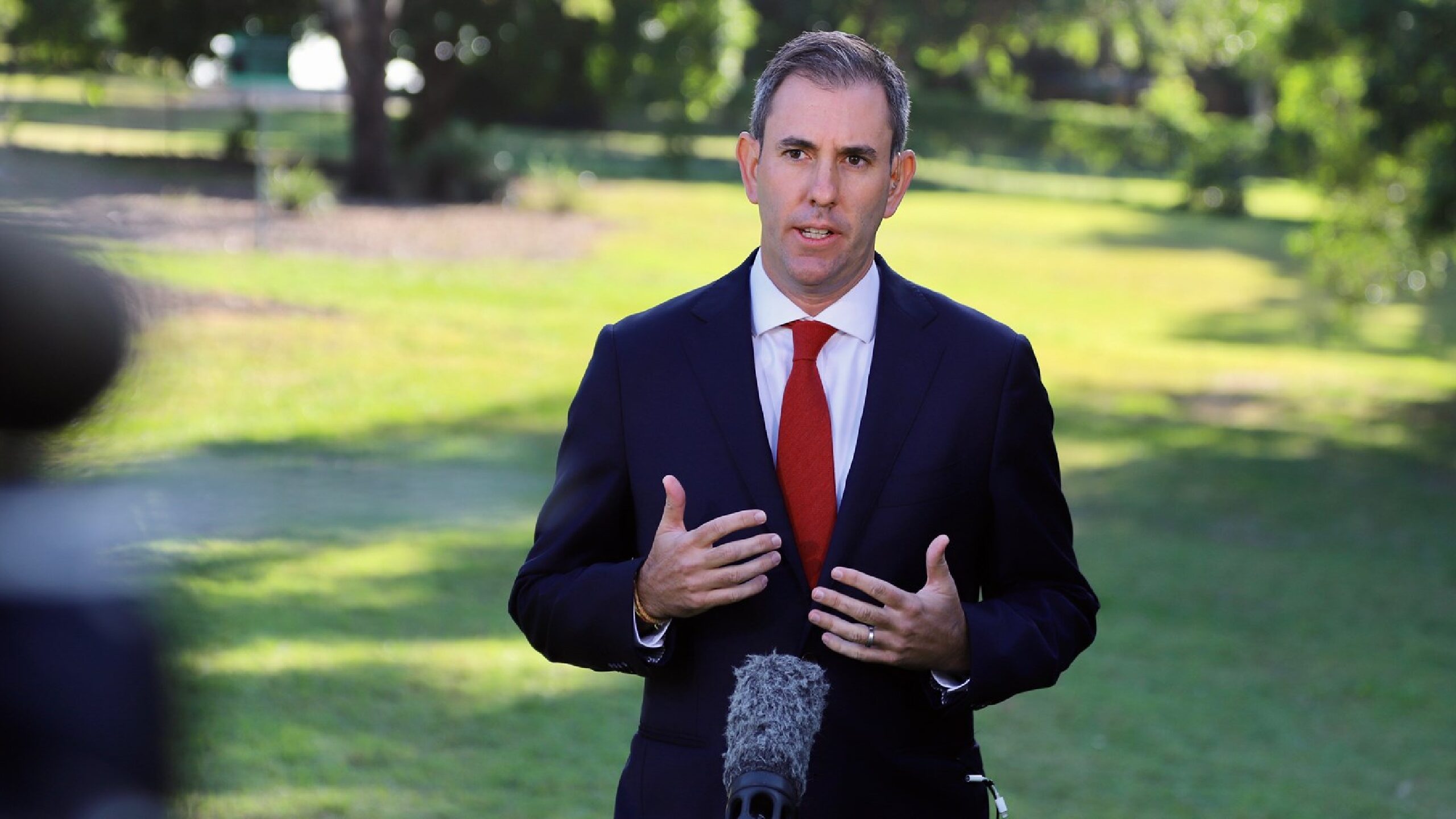Recession still avoidable, but quick rebound unlikely: AMP’s Oliver
“Just because it hasn’t happened yet does not mean it won’t.” That’s AMP chief economist Shane Oliver’s warning about the still-high recession risk in light of the Reserve Bank of Australia’s rapid monetary policy tightening, and especially given the lags obscuring the view of its economic impacts.
There is a chance that falling inflation, excess household savings levels and strong population growth enable Australia to undergo “rolling sectoral recessions” and avoid a full-blown one, he says, and AMP still expects shares to do well over the next 12 months. “But the risks around recession and higher bond yields mean that the risk of a correction is high.”
The US and Europe have already been through “mild technical recessions” – that is, two consecutive quarters of falling gross domestic product (GDP) growth – in the past 18 months, Oliver points out in a recent insights paper, “Recession versus Goldilocks: five reasons why we could still avoid recession.” But while markets have been on high alert during that period for signs of the anticipated downturn, both globally and in Australia, growth has so far shown unexpected resilience.
“Now, with inflation falling, many have started to give up on recession, with increasing talk of Goldilocks (i.e., where growth is okay and inflation is falling),” he says.
The case for a recession – which Oliver puts at 50 per cent – is that the “most rapid monetary tightening in major countries in decades and cost-of-living pressures have set the scene fore recession”, with numerous key indicators, such as the continued inversion of the US Treasury yield curve, pointing to a major downturn. Lending standards have also tightened significantly globally, and Australia is facing a record level of household debt servicing costs.
5 paths remain open
Nonetheless, it’s still possible to avert the worst, Oliver says (after first noting issues around the reliability of yield curves and leading indicators in forecasting recessions). Should inflation fall quickly – for instance, as easing goods supply pressures and transport costs continue bringing goods inflation down – central banks may soon be able to pivot to increase rate cuts, which would increase the changes of a soft landing.
But while annual US inflation has fallen to 3 per cent from a 9 per cent peak, with Australian inflation down to 6 per cent from 8 per cent, with no substantial rise in unemployment, there are still several reasons to be cautious, with risks that services price inflation proves sticky and that central banks make policy missteps.
Oliver then turns to four other factors supporting a no-recession outlook, beginning with the fact that, beyond too-high inflation, this economic moment does not feature excesses of the kind that normally precede recessions.
“There has been no business investment boom; there has been no home-building boom, and housing vacancy rates are low; household debt has fallen from its pre-GFC high; and inventory-to-sales ratios are low,” he says, although pointing out Australian household debt levels are nearly double those in the US. “Given the absence of excess, recession may be avoided or, if not, it’s likely to be mild.”
Households also have retained high savings buffers from the pandemic, although Oliver cites concerns about distribution inequality, with younger households less protected.
Another possibility is that different sectors are affected by shocks like tighter monetary policy at different times, resulting in ‘rolling recessions’ at the sectoral level that never cause the economy to actually contract.
“In Australia, home building and retailing have been in recession for a while and conceivably could start to recover as consumer spending on services tops out,” Oliver says. “So far, so good, but the risk is high that currently weaker sectors don’t recover in time to offset weakness in lagging sectors like services.”
Taken together, these considerations suggest the world can avoid the major recession it has been dreading, Oliver says, “but it’s a high risk with the lagged impact of hikes still feeding through – particularly in Australia, where we put the risk of recession at 50 per cent given the vulnerability of the household sector” and weak growth in China.
“But while recession could still be avoided, a rebound in global and especially Australian growth seems unlikely until after central banks cut rates.”









